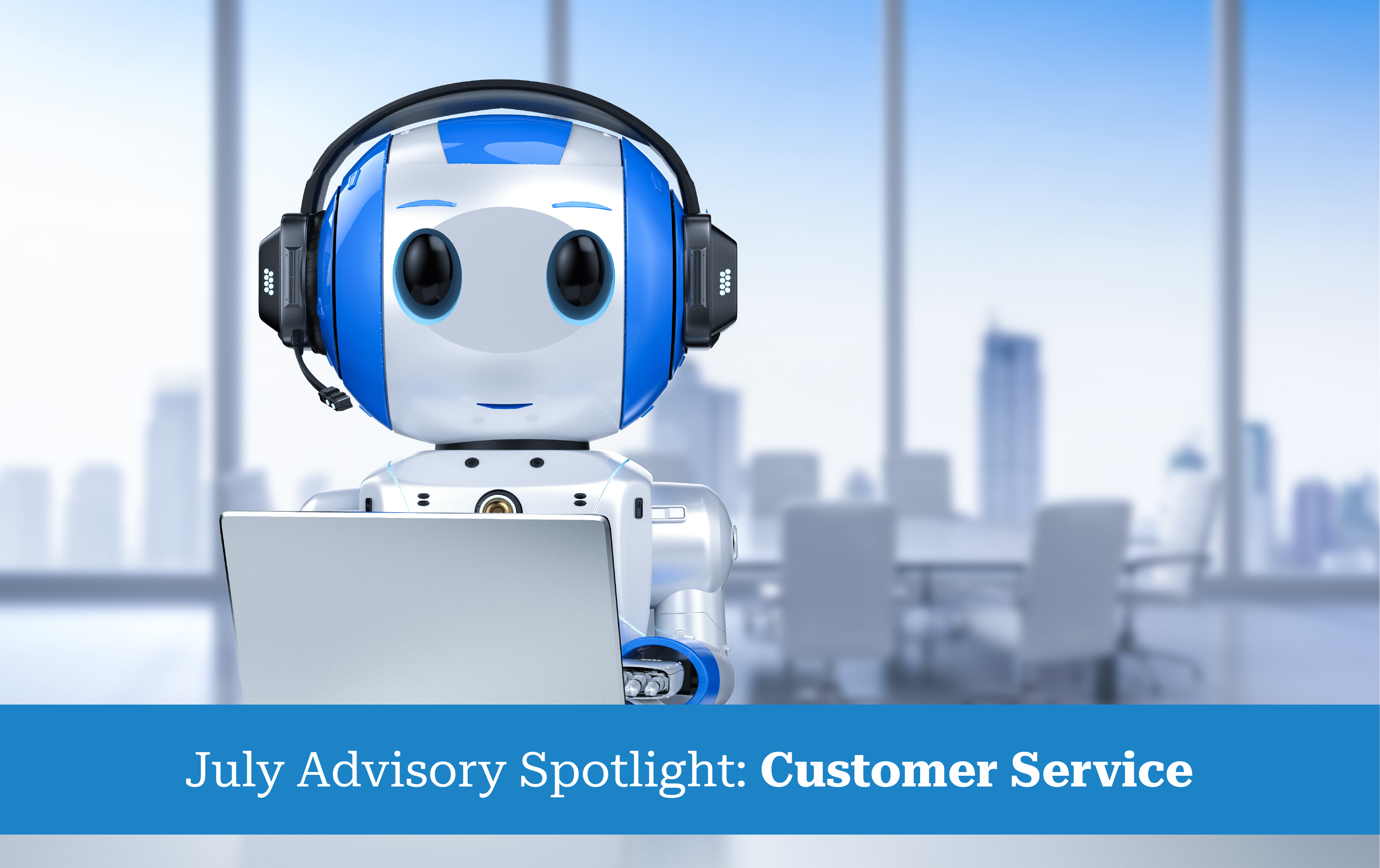Home > Technology >
How to Seamlessly Implement AI into Your Customer Support (podcast)
By: Shep Hyken

This episode of Amazing Business Radio with Shep Hyken answers the following important questions on implementing AI into customer support:
- How does AI impact customer experience and satisfaction?
- What are the key considerations for businesses when testing and implementing AI in customer service?
- What role does knowledge management play in shaping the quality of AI responses in customer service?
- How can AI help in providing personalized customer service?
- What are the challenges and benefits of implementing AI in business?
Top Takeaways
- Artificial intelligence (AI) is changing how businesses interact with customers. It can streamline processes to improve customer experiences and empower employees. The key is to find the right AI partner who understands a company’s specific needs and can provide solutions that work seamlessly without making the process more complicated and less convenient for customers and employees.
- Implementing AI into business practices doesn’t have to be a long and challenging process. Companies should seek vendors who can move quickly to provide solutions that improve efficiency and customer satisfaction. It’s important to test AI thoroughly to ensure it positively impacts the customers, employees, and the company.
- Some companies make the mistake of creating a solution that’s great for the customer but adds three more steps to the agent, creating a more complex process, frustration, and burnout.
- Companies need to set clear goals and success metrics before implementing new technology. Establish the outcomes and KPIs you want to see for your customers and employees. Don’t put together a solution, be it AI, self-service, or any other type of technology, without an end in mind.
- The budget and cost of AI solutions have evolved over the years, making them more accessible to a wider range of businesses. The focus is now on the proof of value that AI can bring, such as reducing cognitive overload for employees and enhancing service efficiency.
- Plus, Shep and Elizabeth discuss the gap between digital customer support and what companies provide. Tune in!












